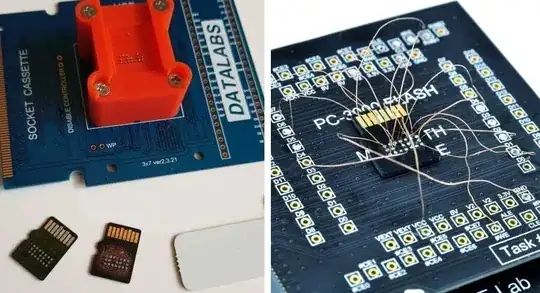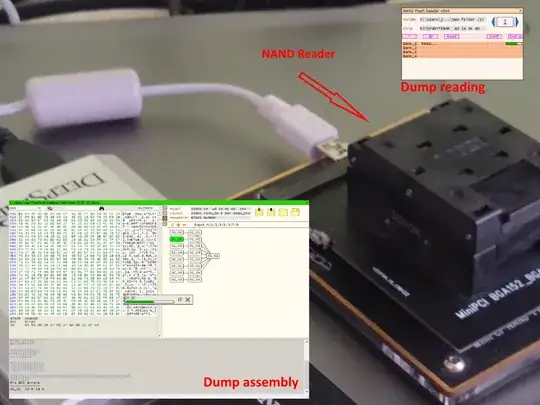First let's consider DIY approach.
- Since the age of the card there's a good chance the NAND degraded.
- Chkdsk is never a good idea when you need to recover data as it is irreversible
- Format should never be consider a step towards data recovery. You card was probably FAT formatted, reformatting it will erase the previous file allocation table. In case of fragmented files absence of the file allocation tables is a hindrance.
You can try a file recovery tool like DMDE and see if it produces a folder tree when opening the 'volume'. If not a scan may be required, however I advice against scanning the device itself!
A better approach is to image the card (DMDE can do this, the Linux tool ddrescue can do this) and then use a tool like DMDE to scan the disk image instead.
The data recovery lab.
Yes, you can most certainly send the card to a data recovery lab and often data can be recovered even from cards that no longer detect at all. Many labs offer a no data no fee guarantee.
Some times we get lucky and cards that aren't detected in the OS we can still read without too much trouble using special hardware (the device on the left) + off the shelf file recovery software, in other cases it takes more effort.

SD Cards.
We're either dealing with a card that contains a PCB, controller and NAND chips or a so called monolith. In your case it's likely the first. Here we see a monolith on the left and an old style SD card on the right.

In case the card is not detected at all we're dealing with a dead controller or some kind electrical issue. In case of a monolith we can not really address those issues, in case of PCB based card we can try pinpoint the electrical issue using multimeter or sometimes IR-camera and try solve it, and in case of dead controller try using one from an identical donor card.
In case of a monolith or if there's no repairable issue in classic style card we can try 'tap into' the NAND itself. As this bypasses the controller we must emulate it to perform tasks normally done by the controller (like address translation, XOR descrambling and error correction).
This is usually a 2-step process, where we first read the NAND and create a 'dump', and then as a second step apply error correction etc..
In case of old style SD card we desolder NAND chips. For most of these we have adapters that can be connected to a NAND reader. In case of a monolith we indeed sand off a layer to expose 'technological pins'. AFAIK most use a fiber pen, some labs use laser.
For common 'pin layouts' we have adapters, else we need to solder thin enamelled copper wire between the chip and our reader. Adapter vs. soldering:

Once we have the dump we can try to transform it into a 'logical image' which we can use file recovery tools on. The software and recurring license fees are often more expensive than the hardware required.
Now if a lab will be successful depends for a great deal on the state of the NAND: Over time NAND 'leaks data' and although there are methods to to a degree mitigate the consequences of that, there's limit to what can be done. Eventually, if you keep an SD Card in a drawer long enough it will become unrecoverable.

BTW, exact same tools can be used to recover 'classic' and monolithic USB Flash Drives too.



